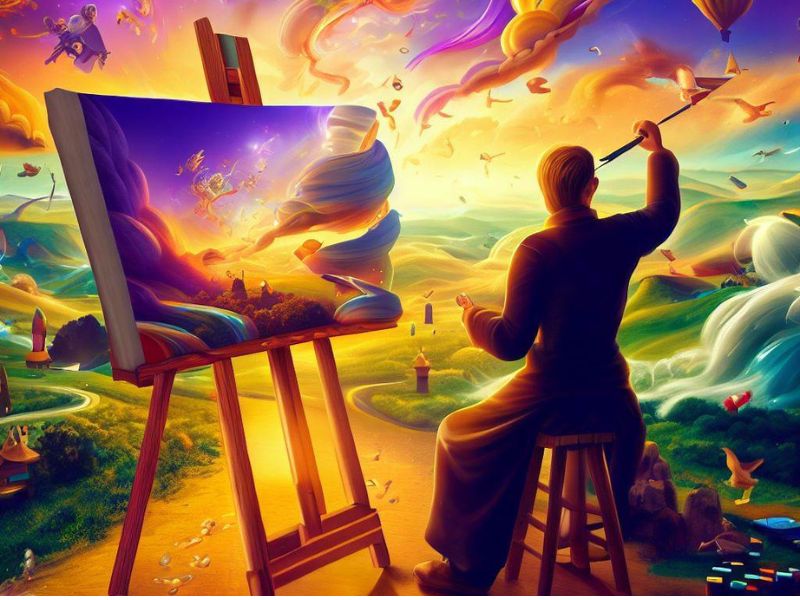From Canvas to Screen: The Artful Evolution
Advertising has come a long way since its inception. Once dominated by straightforward text and basic visuals, it has now evolved into a captivating art form that weaves narratives through imagery. The marriage of art and advertising has given birth to a new era of visual storytelling, captivating audiences and leaving a lasting impact.
The Early Strokes: Pioneering Visual Elements
In the early days of advertising, visuals were limited by the technology and printing methods available. Black-and-white illustrations and simple graphics were used to complement text, aiming to convey messages as effectively as possible. These visuals lacked the complexity and depth that modern audiences are accustomed to, but they were the foundation upon which the artistry of advertising was built.
The Golden Age of Illustration: Crafting Brand Identities
The mid-20th century brought about a surge in artistic innovation within advertising. Brands began collaborating with renowned illustrators, creating iconic characters and mascots that became synonymous with their products. Think of Tony the Tiger for Kellogg’s Frosted Flakes or the Marlboro Man. These visual icons not only enhanced brand recognition but also added a touch of artistry to everyday products.
The Digital Renaissance: A Canvas of Possibilities
With the advent of digital technology, advertising entered a new era of creativity. Artists and designers found themselves equipped with powerful tools to create dynamic visuals that could engage audiences across various platforms. This shift marked a transition from static imagery to interactive and multimedia experiences, enabling brands to tell stories in ways that were previously unimaginable.
Brands as Art Curators: Curating Visual Experiences
As advertising evolved, it became a curator of visual experiences. Campaigns were no longer limited to single images; they transformed into immersive narratives, often incorporating video, animation, and interactive elements. These multi-faceted campaigns engaged audiences on emotional levels, building connections that extended beyond products and services.
Humor and Wit: The Art of Leaving an Impression
In the world of advertising, humor and wit are powerful artistic tools. Clever slogans, visual puns, and witty juxtapositions not only grab attention but also leave a memorable impression. Humorous advertisements tap into the audience’s emotions, making them more likely to share and remember the brand.
Crafting a Legacy: The Art of Lasting Impressions
Art in advertising has evolved from being a mere tool to convey messages to becoming an integral part of brand identity and storytelling. Through the evolution of visuals, advertising has transformed into an art form that not only sells products but also leaves an indelible mark on culture and society. As technology continues to advance, the future of art in advertising holds endless possibilities, promising to captivate, engage, and inspire audiences in ways we can only imagine.
Whether through classic illustrations, dynamic digital experiences, or witty humor, the artistry in advertising continues to shape our perception of brands and the stories they tell.
